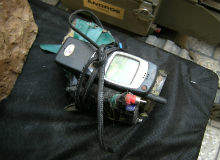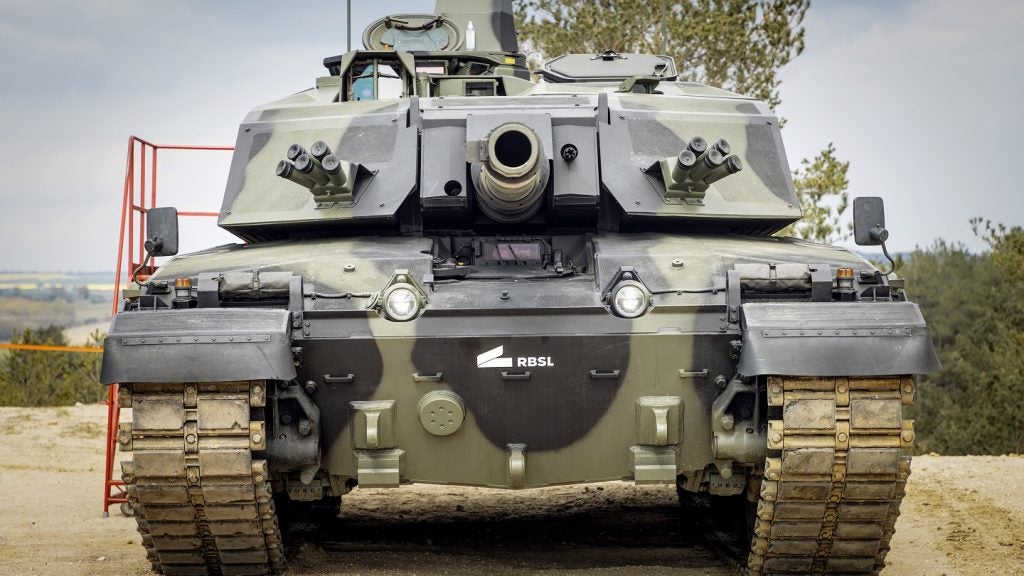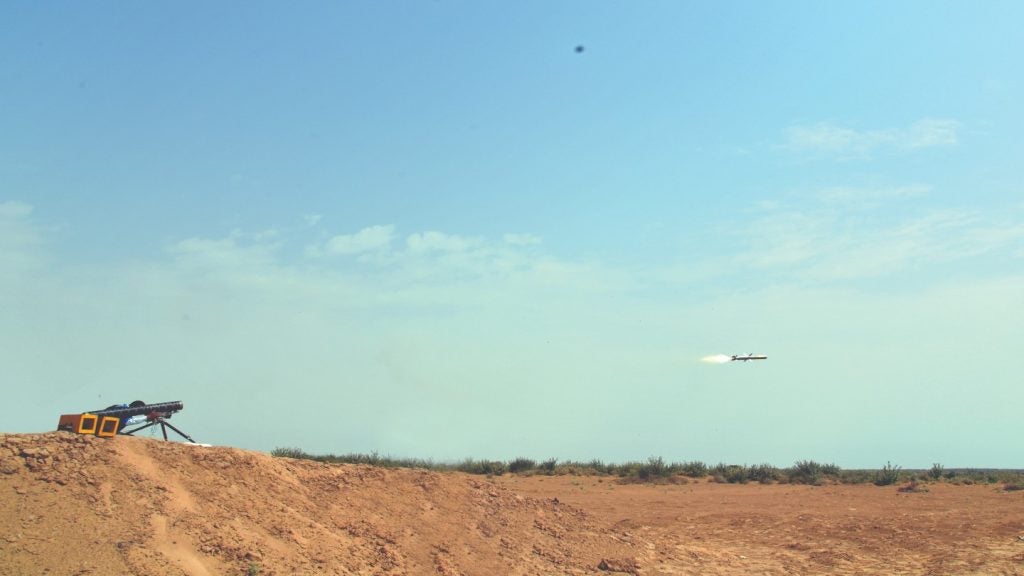

There is nothing new about improvised explosive devices (IEDs); despite their very modern connotations, they have a surprisingly long history stretching back at least as far as the American Civil War, and arguably much further. What is new, however, is the elevation of the IED to the weapon of choice for insurgents, their huge proliferation around the world and the mounting tally of deaths and appalling injuries to conventional forces and civilian populations alike wrought by today’s radio-controlled versions (RCIEDs) in particular.
Easily and cheaply built using commercially available products such as mobile phones or garage door openers, RCIEDs can be triggered from a long distance, allowing users to remain safely hidden from the danger of both the explosion itself and any chance of being traced and engaged by those under attack.
Jamming the trigger
One obvious solution to the threat is to prevent the firing signal from actually reaching the device, either by blocking the specific trigger frequency being used – if you know it – or by jamming the whole radio spectrum if you don’t. There are, however, problems with both approaches.
For a while, information gleaned from recent attacks can allow the triggers being used to be predicted and then blocked, but that intelligence may often be highly specific to a given area or a particular bomb maker – and in any case, the RCIED landscape is an ever-changing one as new tricks are developed. At best, such approaches are distinctly time-limited. While that is not an issue for blanket jamming, that approach suffers from practical constraints; it may often be impossible to block the entire frequency range, either because jammers have limited power, or simply because some bands are needed for ‘friendly’ uses such as communications.
See Also:
1 March 2015 recorded the lowest number of landmine casualties since records began.
How well do you really know your competitors?
Access the most comprehensive Company Profiles on the market, powered by GlobalData. Save hours of research. Gain competitive edge.

Thank you!
Your download email will arrive shortly
Not ready to buy yet? Download a free sample
We are confident about the unique quality of our Company Profiles. However, we want you to make the most beneficial decision for your business, so we offer a free sample that you can download by submitting the below form
By GlobalDataAs Kyle Lin explained in his paper ‘Game-theoretic models for jamming radio-controlled improvised explosive devices’ for the (US) Naval Postgraduate School, "the effectiveness of jamming is highly dependent on how the jamming power is allocated among frequency bands."
It calls for what is, in effect, finding the electronic warfare equivalent of the proverbial needle in a haystack, but now reactive jamming, a responsive technology using continuous wideband scans that detect and react to suspect signals as they appear, is helping to make that possible. New state-of-the-art systems such as the recently developed Multirole Jammer from Airbus Defence and Space, for example, allow all of the jamming effort and energy to be focussed on the immediately relevant frequency range – and that translates into greater safety for people on the ground.
Millisecond response
According to Lothar Belz, head of media relations for CIS/electronics at Airbus Defence and Space, the system can detect an intended trigger signal and jam that part of the spectrum to prevent detonation in under one millisecond – at least 100 times faster than the fastest blink of a human eye. It is also designed to keep its technical edge and so stay ahead of the ongoing RCIED/anti-RCIED arms race.
"Our products are fully software-defined jammers, allowing us to quickly react on new threats. This also ensures long-term use for our customers since they can upgrade to the latest set of capabilities by a simple software upgrade," says Belz. "The hardware is designed in a modular and very scalable fashion, so we can proactively work on future threats that we anticipate, even before they materialise in the theatre."
SMART jamming
At the heart of the system lies Airbus’ own ultra-fast SMART technology – responsive jamming based on innovative digital receiver and signal processing technologies – which enables the system to hone in on the specific frequency being used to send a detonation signal. It means that in its counter-RCIED role, the jammer is constantly analysing the radio spectrum around a vehicle, and can act almost instantly to block transmission intended to trigger a bomb in a highly efficient and targeted way, but as the term ‘multirole’ suggests, the device has other capabilities too.
The system can be extended to enable a comprehensive picture of the wider radio environment to be built up, providing valuable operational communications intelligence (COMINT) which ordinarily requires separate – and less available and less easily deployed – equipment to amass. In addition, the company says, it can also take on a conventional tactical communications jamming (TCJ) role, providing a versatile, single-package system that offers optimal use of power, weight and payload space.
Belz says that although operationally TCJ and anti-RCIED tasks are separate jobs that are usually not performed simultaneously, technically it would be possible to do both at the same time. Having already successfully integrated counter-RCIED jamming with COMINT functionality and TCJ in the Multirole Jammer, he feels that the trend will continue.
"We expect to see further development and further convergence with other fields – more integrated multifunction applications," he adds.
Platform adaptability
According to Airbus Defence and Space, SMART responsive jamming is already operational in its Vehicle Protection Jammer, and although the company is understandably reticent about disclosing their international customer list, Belz confirms that the technology is in use in multiple nations as of today. Part of the reason for this success can be found in the system’s adaptability – particularly in terms of its antenna requirements, which is widely recognised as one of the most critical parts of any anti-RCIED package, almost as important as the radio hardware itself.
"The antenna systems are adapted to the individual platform on which the jammers are installed to achieve the best performance and satisfy each customer’s requirements," Belz says. "Thus the antennas used vary widely."
Flexible future
Flexibility is likely to be an increasingly important feature in the fight against RCIEDs, not least because the threat they pose changes so quickly, with bomb makers developing new techniques as fast as their old ones are countered. The pace of their technological and tactical innovation creates challenges that need to be addressed in days or weeks, not months or years. Defence blogger Newton Hunter believes the problem is almost certainly only going to get worse.
"We tend to think about IEDs as something from Afghanistan and Iraq, but they’ve actually now been used in more than 100 countries around the world – and the numbers of attacks are rising monthly," he says. "The bad guys are adopting different technologies too, like drones. We’ve taught them how effective drones can be, and now they’ve started using them against us."
Hunter says that over the last ten years, the US alone has spent around $17bn on various kinds of counter-IED systems, on top of roughly $45bn spent on mine-resistant vehicles.
"The problem with that is, we’ve been spending billions of dollars to deal with weapons that cost just tens of dollars to make. It’s the ultimate asymmetry," he adds.
If Belz is right, however, and anti-RCIED development does see ever greater convergence between individual technologies, and the growth of integrated multi-functionality within single devices, then the Multirole Jammer and its descendants could be the start of redressing that cost imbalance. More importantly, it might finally give us the edge in the battle against the bombers, and on a human scale, mean fewer lives being taken by roadside bombs.







